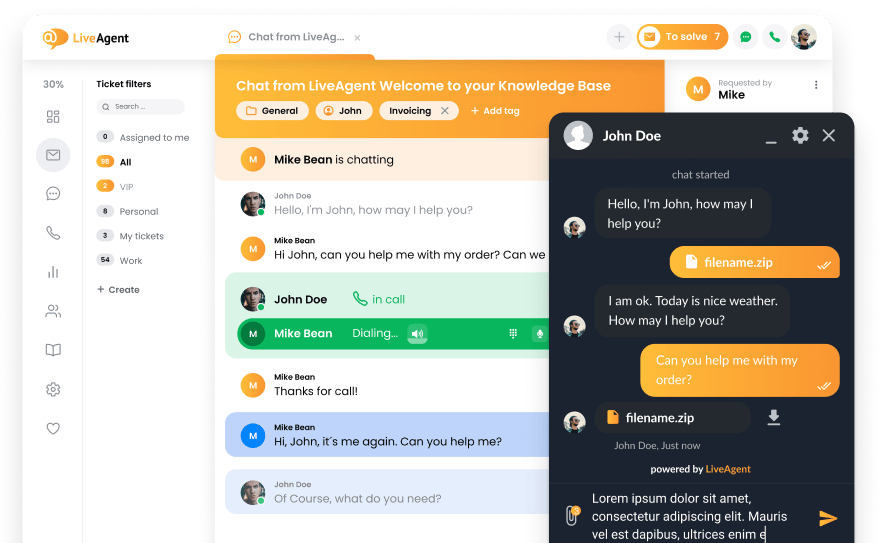What is AJAX?
AJAX is also called Asynchronous JavaScript and XML. It is a combination of JavaScript, Extensible Markup Language, the Document Object Model, dynamic HTML and other programming tools, which is used for creating asynchronous web applications. Every programming tool has its own importance. These web applications can send information to a server and get them back in the background. This tool let a content on web pages to update in a moment, when an activity is made. Ajax brings many benefits and advantages.
Watch the AJAX explanation video
Discover the transformative power of AJAX (Asynchronous JavaScript and XML) in this concise video. Learn about the limitations of traditional approaches, delve into the workings of AJAX, and witness real-world examples that showcase its impact. Unravel the role of XMLHttpRequest (XHR) and gain insights into how AJAX enables dynamic and seamless user experiences.

Frequently Asked Questions
What is AJAX?
AJAX, or asynchronous JavaScript and XML, is a technique for creating web applications in which user interaction with the server takes place asynchronously, so i.e. the entire document is not reloaded. This method of programming is to enable more dynamic interaction with the user compared to the traditional model.
What benefits AJAX brings?
The benefits that AJAX brings are: increasing the usability and ergonomics of internet applications, reducing the number of screens and steps required to obtain the desired effect, downloading only the necessary data, lack of need to refresh the entire page, providing a faster interface.
How to access information on base agent in LiveAgent?
Thanks to AJAX, among other things, customer support services can work efficiently and dynamically. The website does not waste time loading completely, and only the elements that require it are updated.
![Expert badge]() Expert’s note
Expert’s note
AJAX is a powerful technology that enhances customer experience by enabling dynamic updates without page reloads. Its integration in contact centers can provide seamless and efficient customer support.

LiveAgent offers a customizable ticketing system and VoIP phone systems. It also provides a 14-day free trial with one-on-one demos and the option to export tickets in HTML or PDF format. The software allows for easy transfer of ticket lists, knowledge bases, and live chats. Adform provides digital marketing technology company solutions and services with customer service support and online tutorials. Asana and Slack integrate with LiveAgent, streamlining workflow for business teams. LiveAgent also offers archiving features for efficient customer support.

 Български
Български  Čeština
Čeština  Dansk
Dansk  Deutsch
Deutsch  Eesti
Eesti  Español
Español  Français
Français  Ελληνικα
Ελληνικα  Hrvatski
Hrvatski  Italiano
Italiano  Latviešu
Latviešu  Lietuviškai
Lietuviškai  Magyar
Magyar  Nederlands
Nederlands  Norsk bokmål
Norsk bokmål  Polski
Polski  Română
Română  Русский
Русский  Slovenčina
Slovenčina  Slovenščina
Slovenščina  简体中文
简体中文  Tagalog
Tagalog  Tiếng Việt
Tiếng Việt  العربية
العربية  Português
Português 
 Expert’s note
Expert’s note





